From securing critical documents to creating new protocols to unlocking working capital, Indian techies are unchaining blockchain for a variety of applications.
(February 3, 2022) Blockchain has grown from being just an industry buzzword to a full-fledged technology stream that harnesses the power of impenetrable ledger data for a variety of applications. Of course, blockchain shot to fame with crypto, which essentially unleashed an alternate currency for the world to trade in. But today, thanks to innovative Indians who are committed to making a difference, we have a variety of blockchain applications that have a massive impact on our daily lives, as well at the blockchain industry at large. Let’s take a look…
Securing property papers
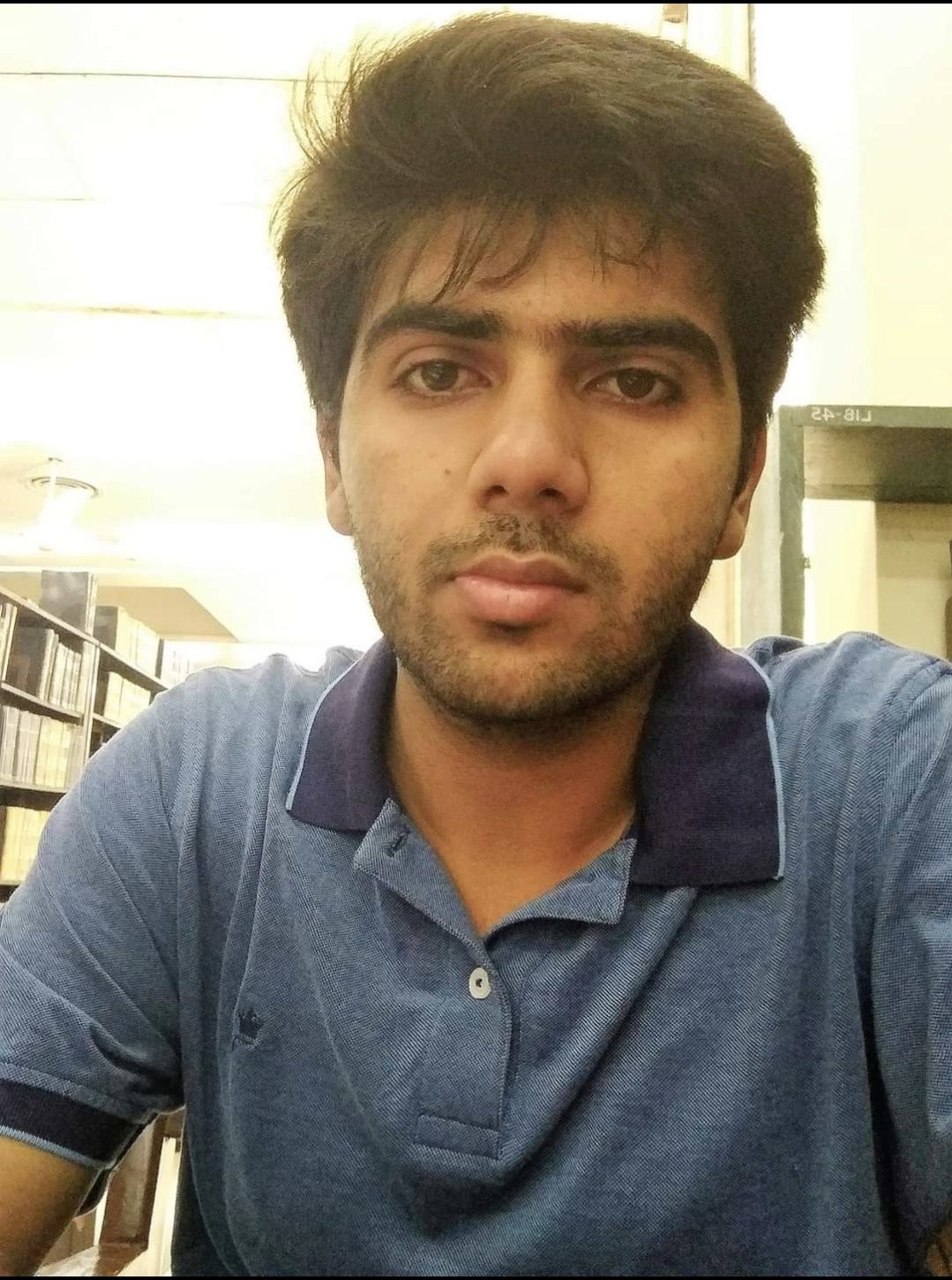
Tanmay Yadav, founder, CRUBN
On January 24, the Prime Minister of India felicitated the Pradhan Mantri Rashtriya Bal Puraskar awardees, as per tradition. However, this year was slightly different. Each awardee was conferred with a blockchain-based digital certificate, and this initiative was in partnership with a blockchain startup called CRUBN. The company was incubated at IIT Kanpur in 2020, and is founded by Tanmay Yadav. Tanmay has also started collaborating with individual state government to create innovative solutions aimed at better and safer governance. For instance, he recently tied up with the Center for Smart Governance, Government of Karnataka, to create a blockchain-based property data storage solution, eliminating the risk of impersonation and tweaking of historical records. Explaining the solution, Tanmay says, “The solution gives every property holder a card, which upon authentication by the user, provides access to property-related documents in electronic form. The card can be accessed at citizen service centres for access.” Tanmay believes that solutions like these are an ideal testimony to how blockchain can be used for secure data storage.
- Follow Tanmay Yadav on Linkedin
Covid-19 test certificate powered by blockchain
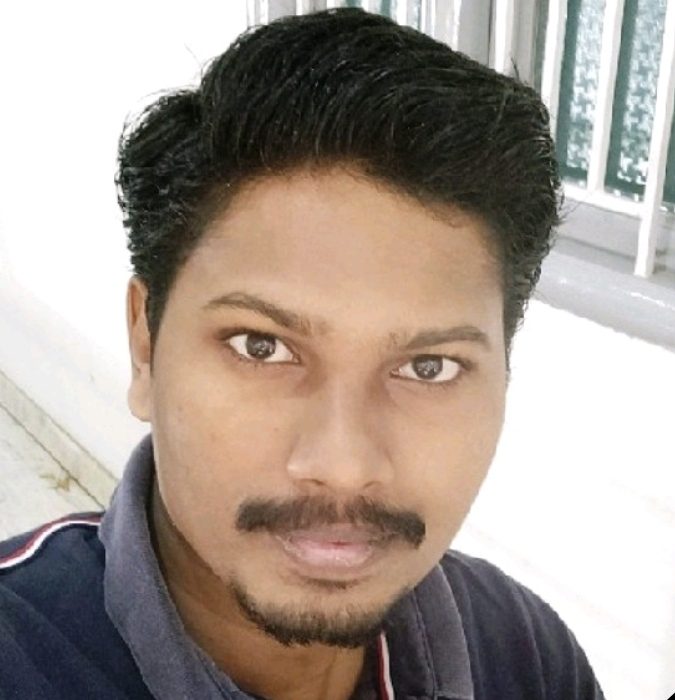
Vignesh Babu Venkatesan, founder, Print2Block
In mid-2020, when the entire country was raging under the first wave of the pandemic, the government of Maharashtra realised that test certificates of those testing negative was around 70 percent of those getting tested. In order to ensure that negative certificates reach users on time, the government turned to blockchain. Chennai based Print2Block, provided this solution by setting up a private blockchain where the data resided on government servers while the processing and retrieval happened at the private Print2Block server. Co-founded by Vignesh Babu Venkatesan and Joji Verghese, Print2Block, the NASSCOM- incubated startup specialises in issuing digital documents on blockchain. Vignesh tells Global Indian, “We were the first to develop a robust trust infrastructure platform, along with a human interactive USB device that facilitates secure document access.” The masters degree holder in mechatronics from Madras Institute of Technology envisions a world where electronic documents exist in the safest possible corner of cyberspace.
- Follow Vignesh Babu Venkatesan on Linkedin
Reimagining a blockchain platform
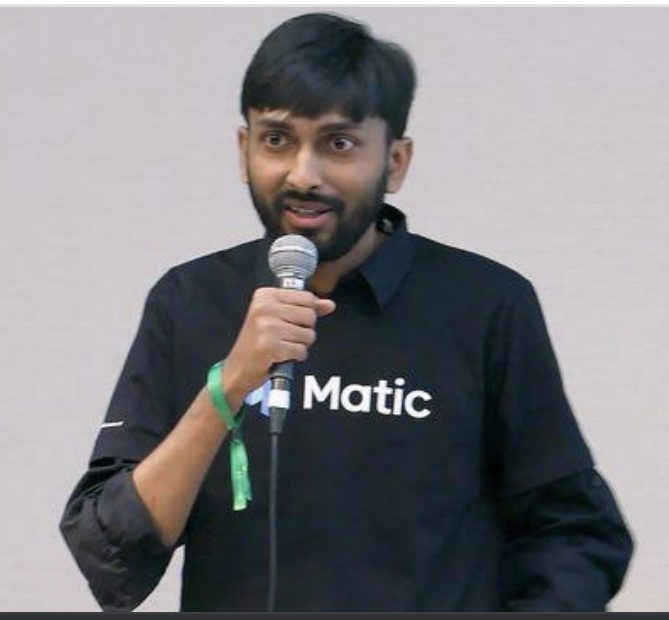
Jaynti Kanani, founder, Polygon Technologies
“Built by developers, for developers” is the mantra of Polygon Technologies. Created with the vision of building a framework and protocol for connecting various blockchain networks, Polygon became a familiar name in the blockchain circuit, when its Singapore-based, Indian-origin founder Jaynti Kanani, became one of the first Indians to secure a huge funding from Shark Tank’s Mark Cuban. Today, the company has crossed market capitalisation of $10 billion. Interestingly, Jaynti was a regular data scientist with housing.com prior to founding Polygon. Oftentimes, he recalls how his humble beginnings as a diamond factory worker’s son in the outskirts of Ahmedabad, slowly morphed into a full-fledged career and entrepreneurship in blockchain. Kanani recalls, “From a monthly salary of ₹6,000 from my first job in Pune, to Polygon, the journey has been amazing. The potential of blockchain is so huge that there’s no looking back now.”
- Follow Jaynti Kanani on Linkedin
Ploughing equity back to the industry
Founded by IIT-Bombay graduate Piyush Gupta, Polytrade was created as early as 2014, with the aim of supporting small businesses by providing working capital to those who were struggling for finances. Piyush realised quite early that the main reasons SMEs struggled with finances was lack of understanding around some trade finance instruments such as lack of collaterals, high cost of borrowing, and exhaustion of credit limits. As per industry data, the unmet demands of working capital for SMEs in India is to the tune of ₹2,200 crore. Piyush wanted to change this.
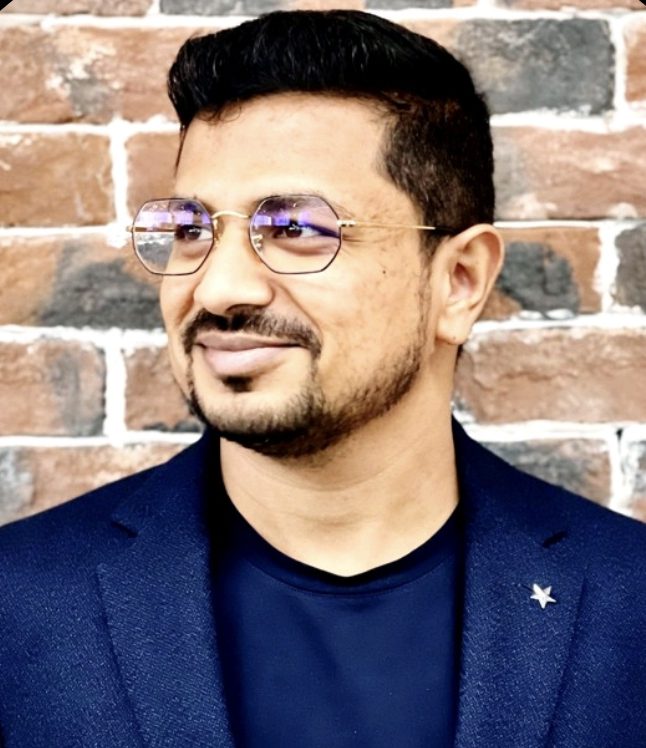
Piyush Gupta, founder, Polytrade
Piyush, MD and founder, Polytrade says, “We’ve just launched (on January 31, 2022), Polytrade Mainnet, essentially opening up a supplementary source of financing for SMEs by creating a blockchain-based decentralized protocol.”
By leveraging the power of blockchain and crypto, SMEs operating in the area of crypto now have access to finances in their own virtual currencies, allowing them to innovate at will. Like most others in the blockchain innovation space, Piyush is passionate about doing his bit for India. “India’s SMEs will be key to achieving Prime Minister Narendra Modi’s objective of making the country atmanirbhar and a $ 5 trillion economy. Polytrade will ensure that these small enterprises have the working cash to achieve their goals,” explains Piyush Gupta.
- Follow Piyush Gupta on Linkedin



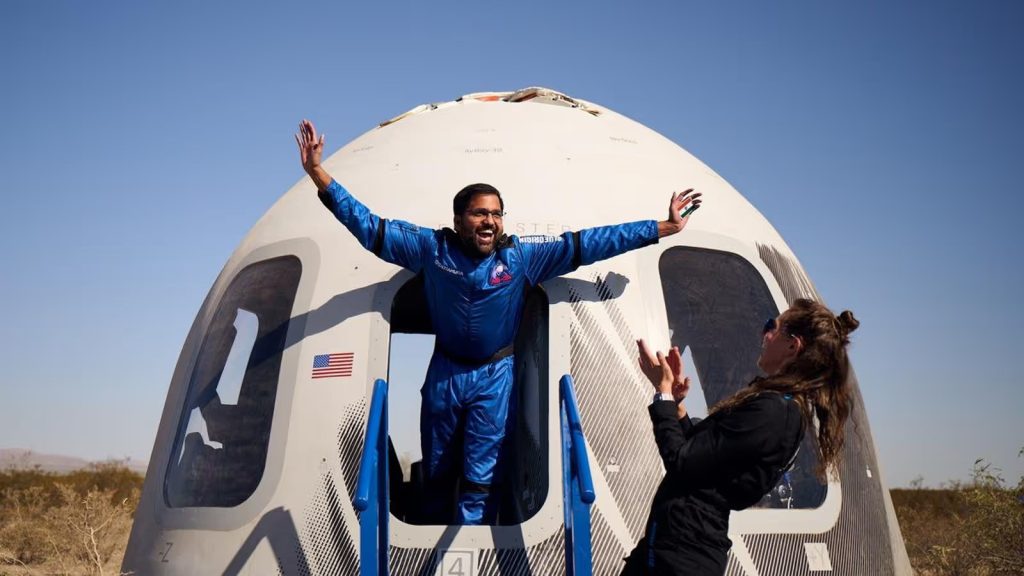 Gopichand Thotakura returns to Earth[/caption]
Gopichand Thotakura returns to Earth[/caption]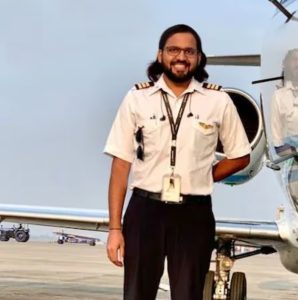
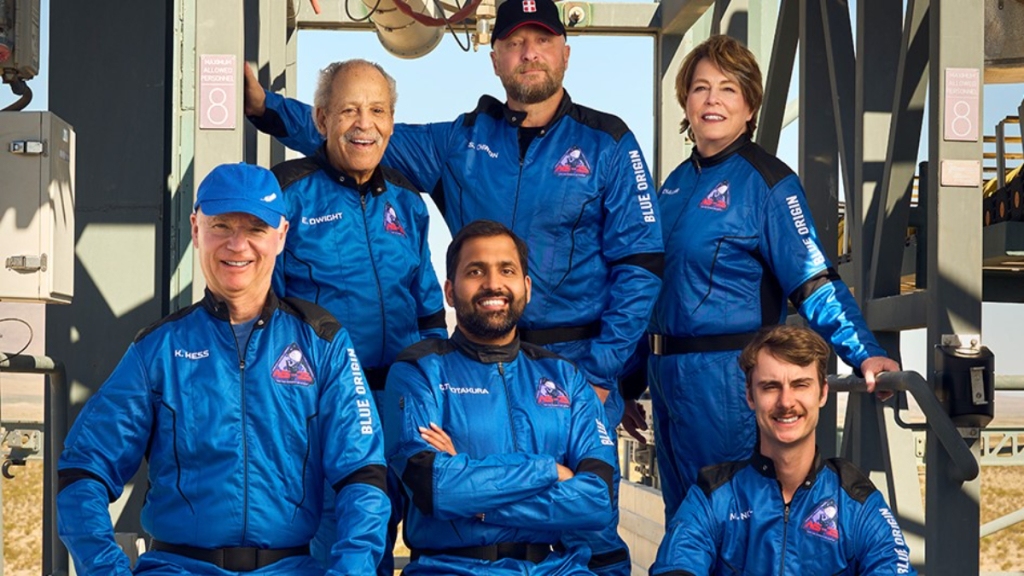 The six-member crew of NS-25 mission[/caption]
The six-member crew of NS-25 mission[/caption]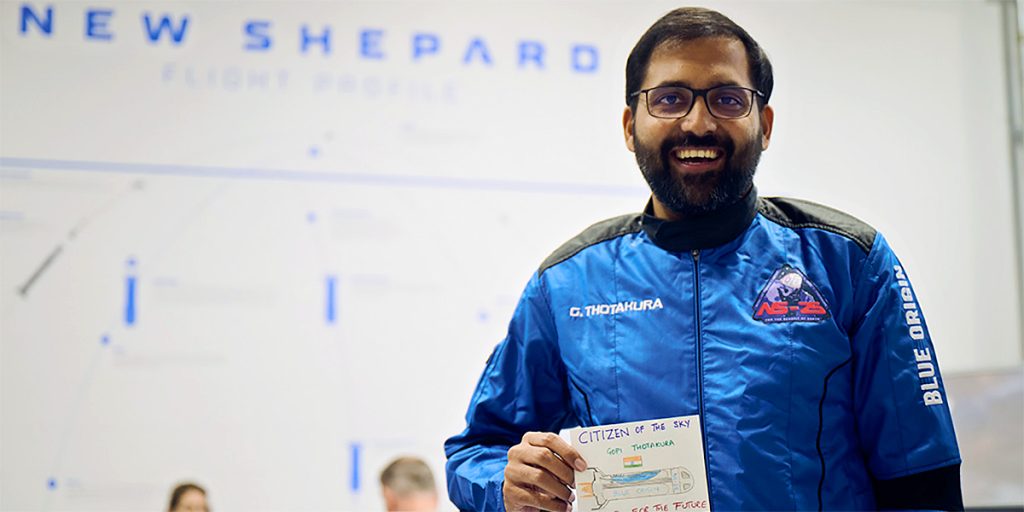
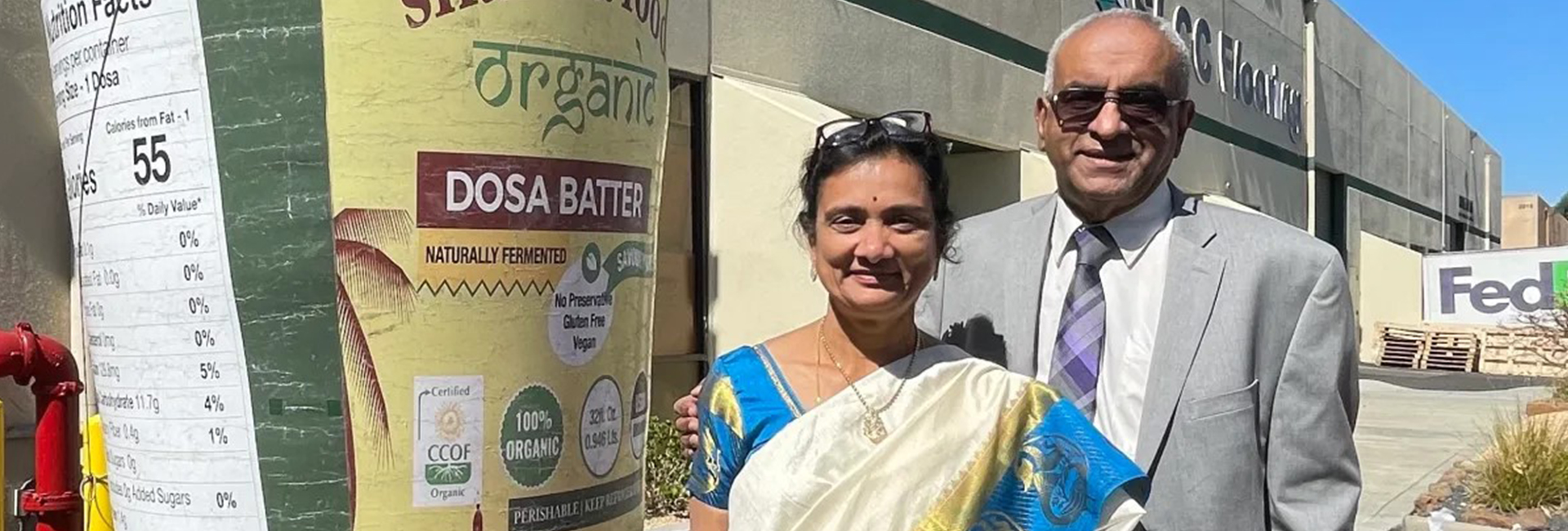
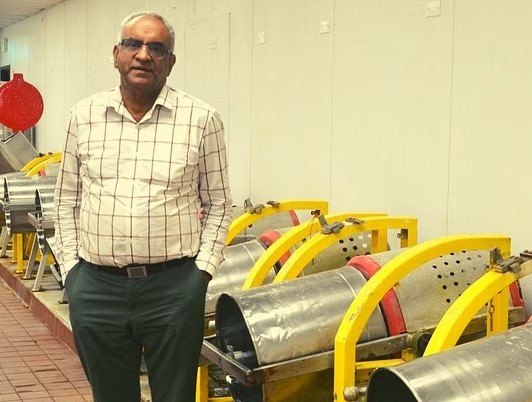 Mani Krishnan[/caption]
Mani Krishnan[/caption] Shastha Food's millet khichdi[/caption]
Shastha Food's millet khichdi[/caption]
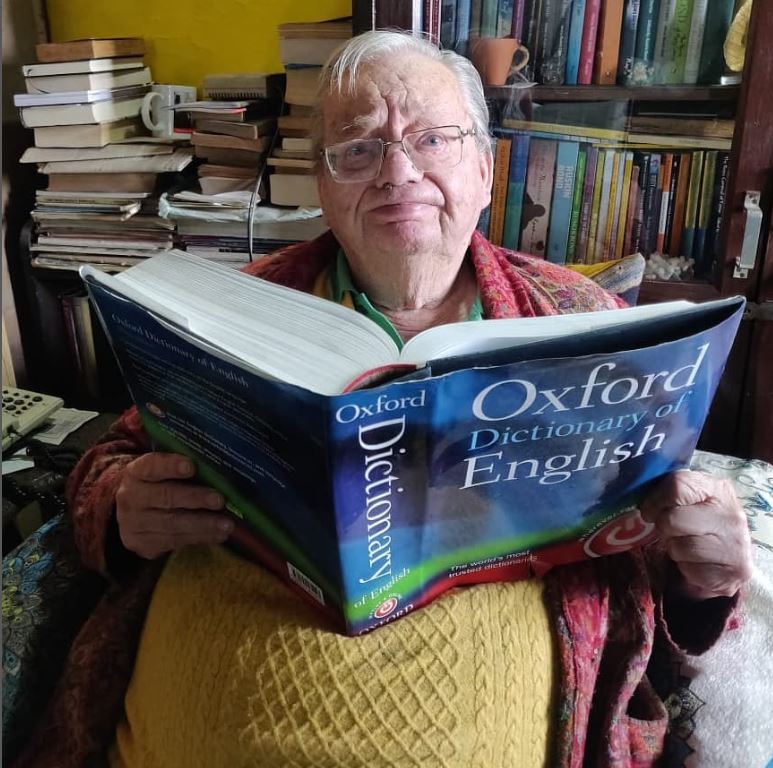 Ruskin Bond calls the dictionary his favourite book[/caption]
Ruskin Bond calls the dictionary his favourite book[/caption]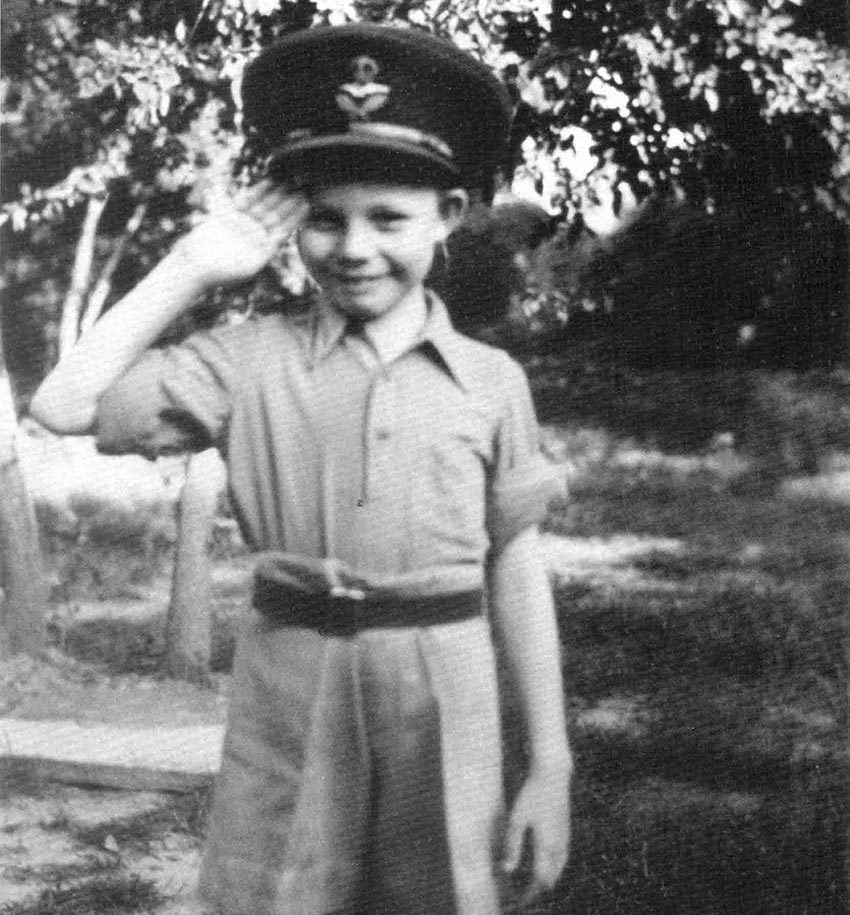 Little Ruskin Bond[/caption]
Little Ruskin Bond[/caption]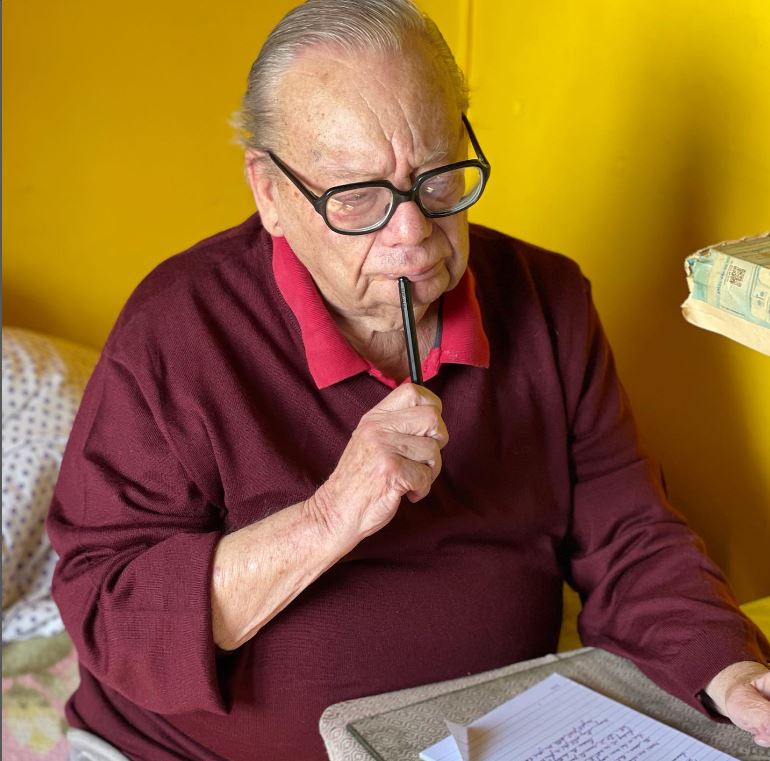 Busy at work[/caption]
Busy at work[/caption] Ruskin Bond in his youth[/caption]
Ruskin Bond in his youth[/caption]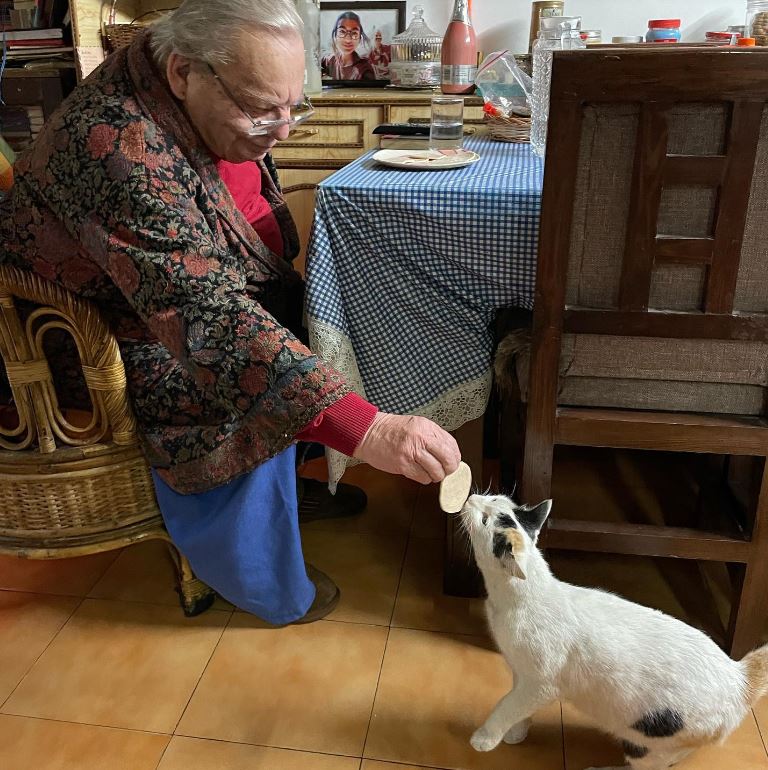 Ruskin Bond with his cat Cleopatra[/caption]
Ruskin Bond with his cat Cleopatra[/caption]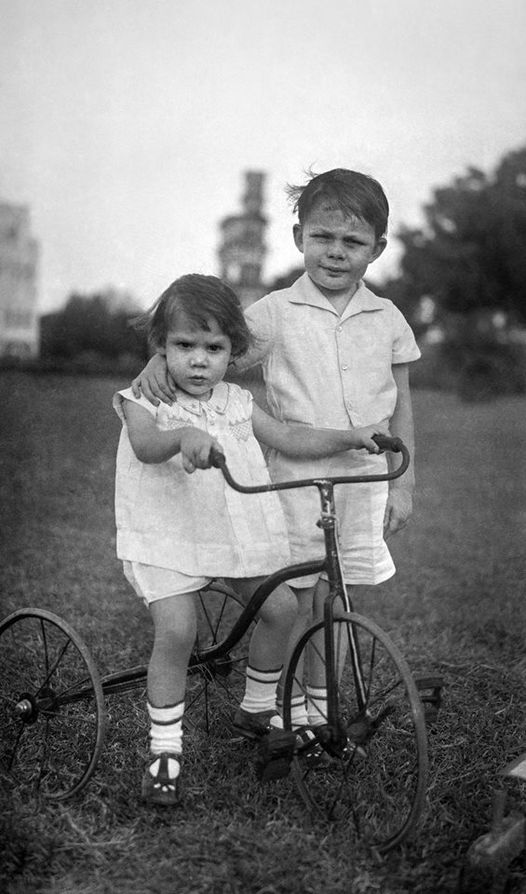 Ruskin Bond in his childhood with his sister Elle[/caption]
Ruskin Bond in his childhood with his sister Elle[/caption]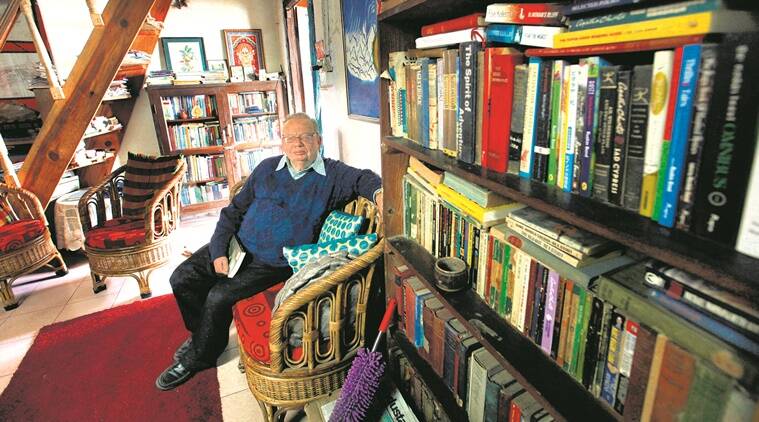 Amidst the books[/caption]
Amidst the books[/caption] Playfully pretending to be a flower[/caption]
Playfully pretending to be a flower[/caption]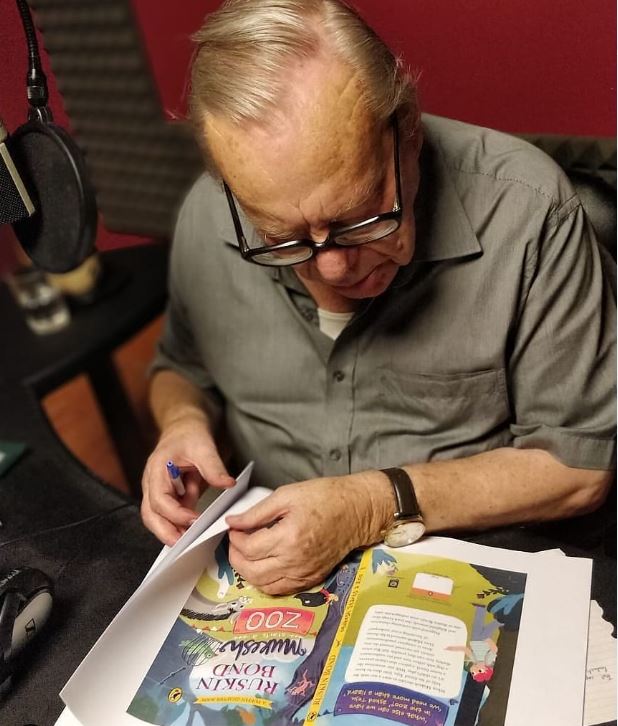 Busy at work[/caption]
Busy at work[/caption]
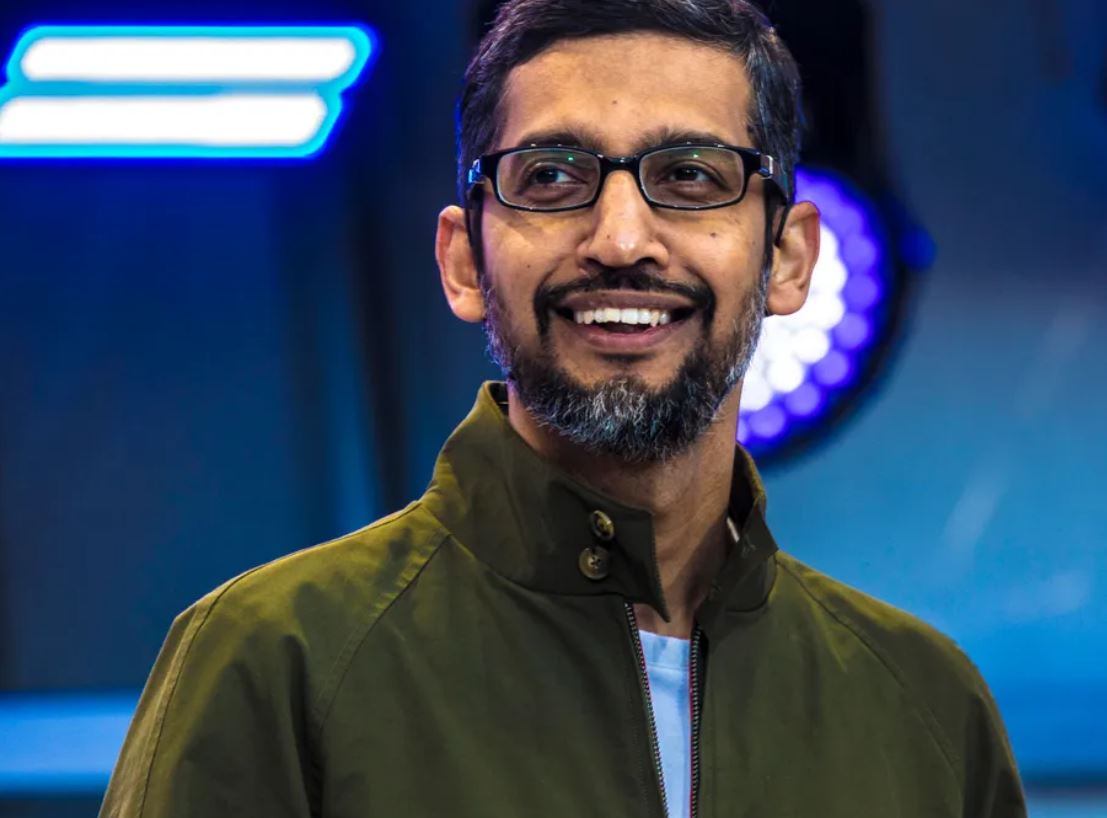 Sundar Pichai, Google's CEO[/caption]
Sundar Pichai, Google's CEO[/caption]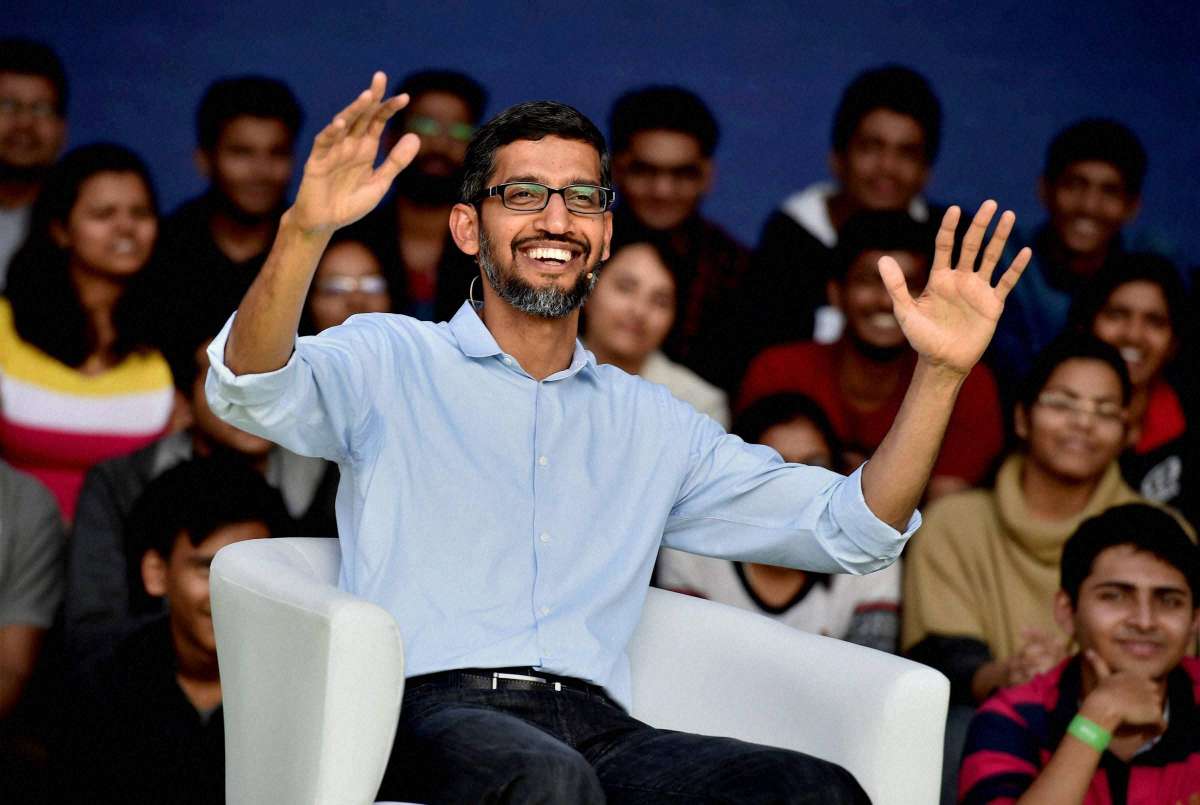 Sundar Pichai interacting with IIT Kharagpur students in one of his India visits.[/caption]
Sundar Pichai interacting with IIT Kharagpur students in one of his India visits.[/caption]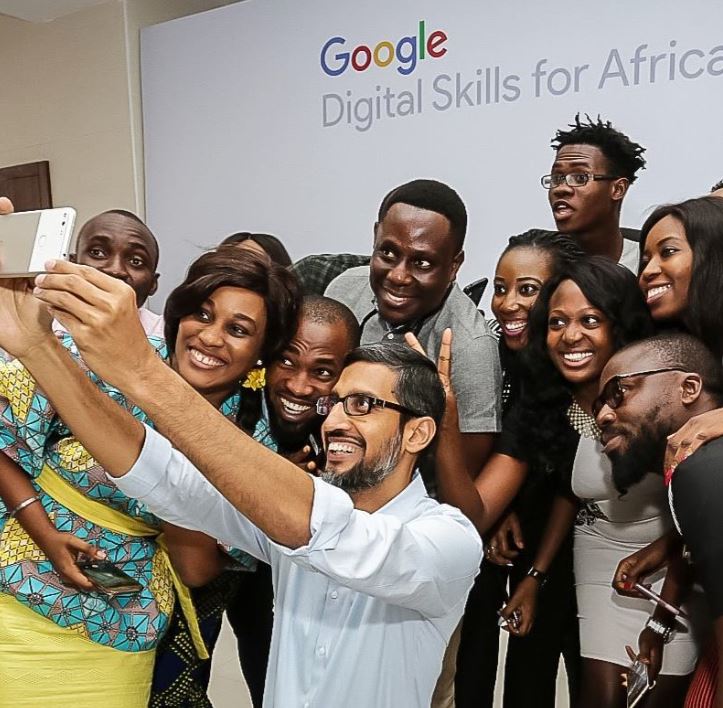 Sundar Pichai with Nigerian Google team during his visit to Africa[/caption]
Sundar Pichai with Nigerian Google team during his visit to Africa[/caption]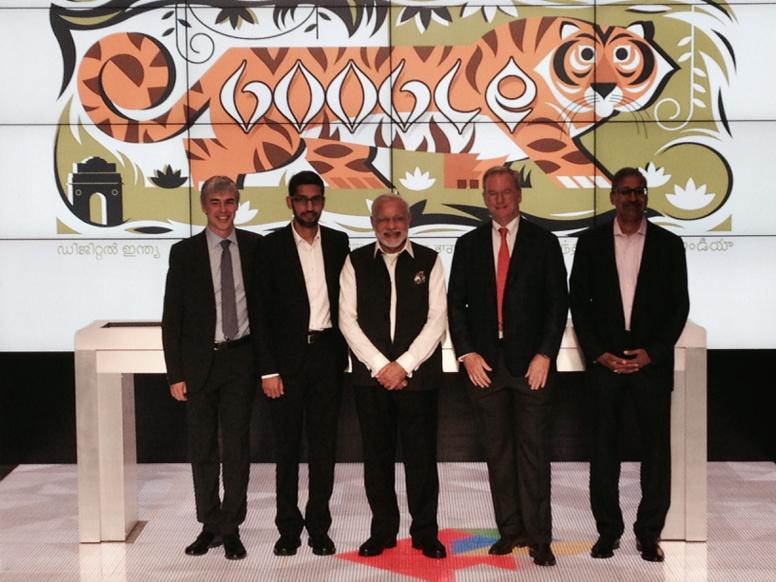 From Left to right : Larry Page (Google's co-founder), Sundar Pichai (Google's CEO), Narendra Modi (India's PM), Eric Schmidt (Google's former CEO), and Ram Shriram (American businessman)[/caption]
From Left to right : Larry Page (Google's co-founder), Sundar Pichai (Google's CEO), Narendra Modi (India's PM), Eric Schmidt (Google's former CEO), and Ram Shriram (American businessman)[/caption]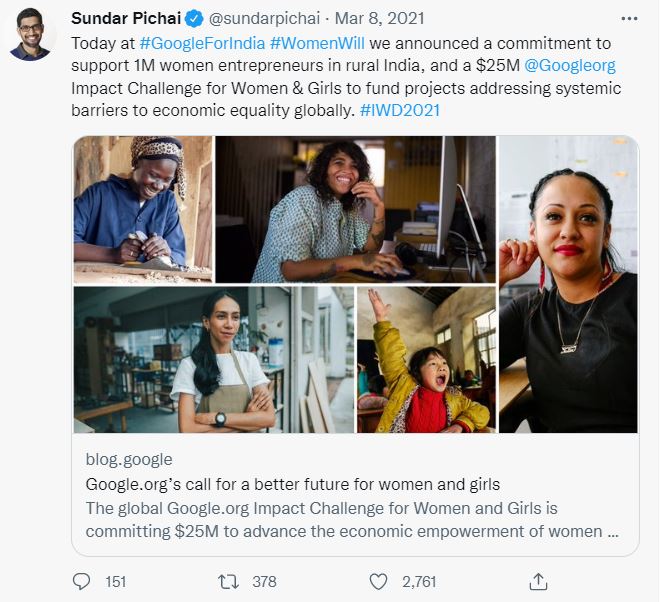
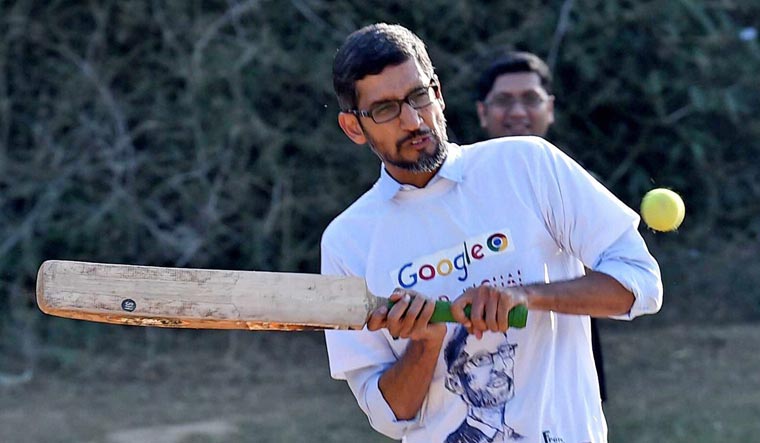 Sundar Pichai trying his hands at cricket[/caption]
Sundar Pichai trying his hands at cricket[/caption]
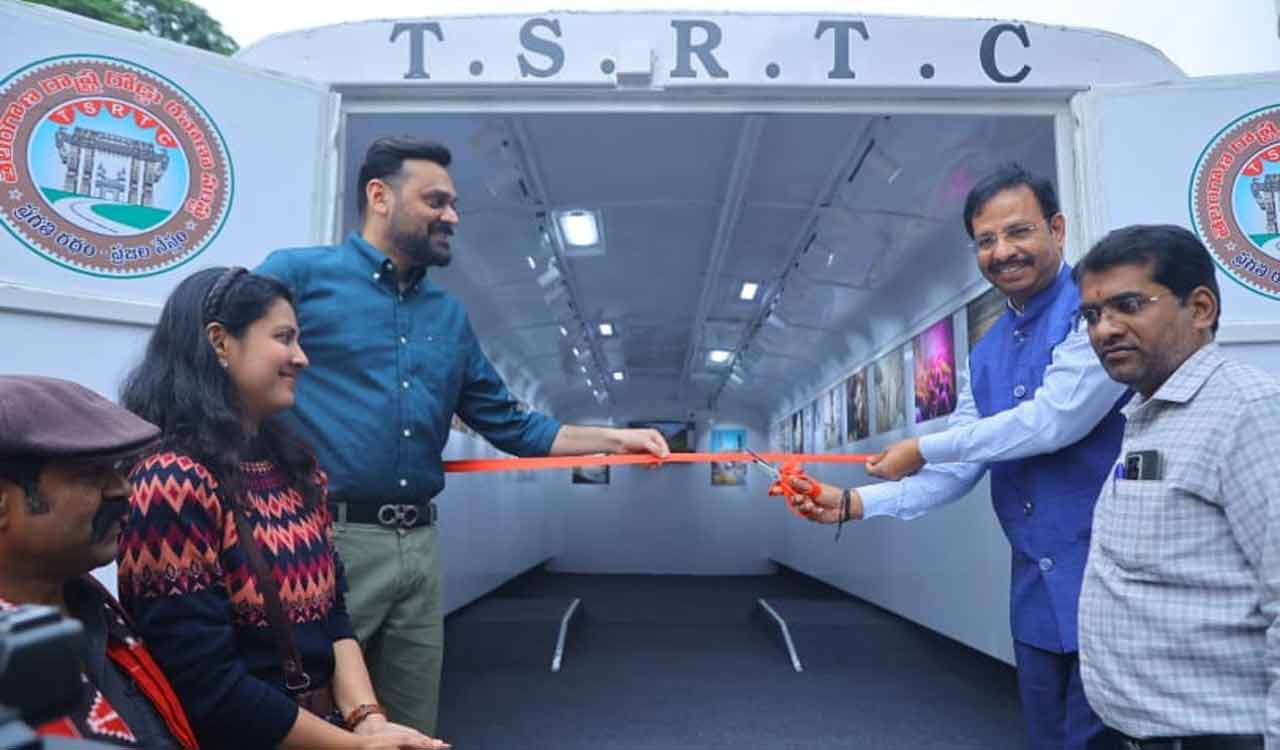 Aquin Mathews during inauguration of 'Hyderabad on Wheels' with TSRTC vice chairman and MD, VC Sajjanar[/caption]
Aquin Mathews during inauguration of 'Hyderabad on Wheels' with TSRTC vice chairman and MD, VC Sajjanar[/caption]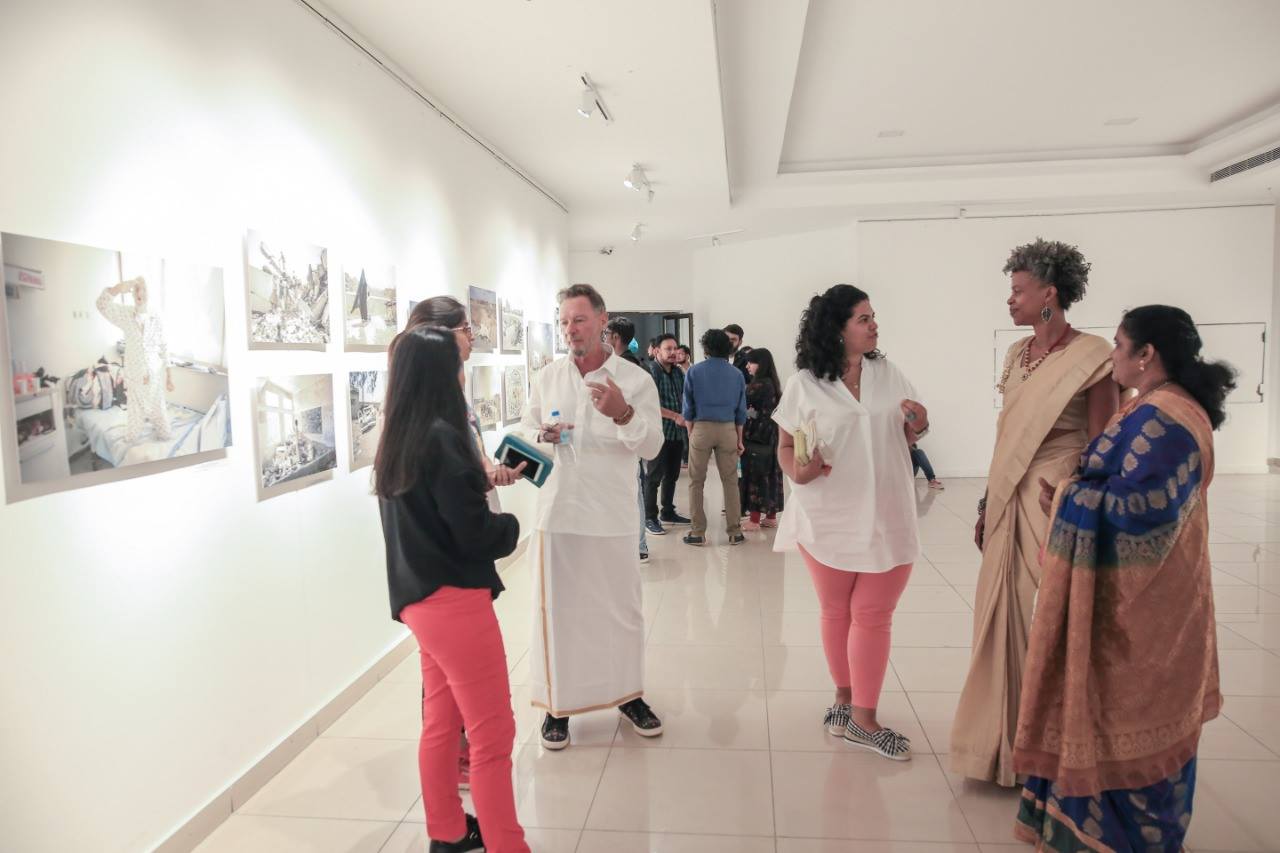 Indian Photo Festival[/caption]
Indian Photo Festival[/caption]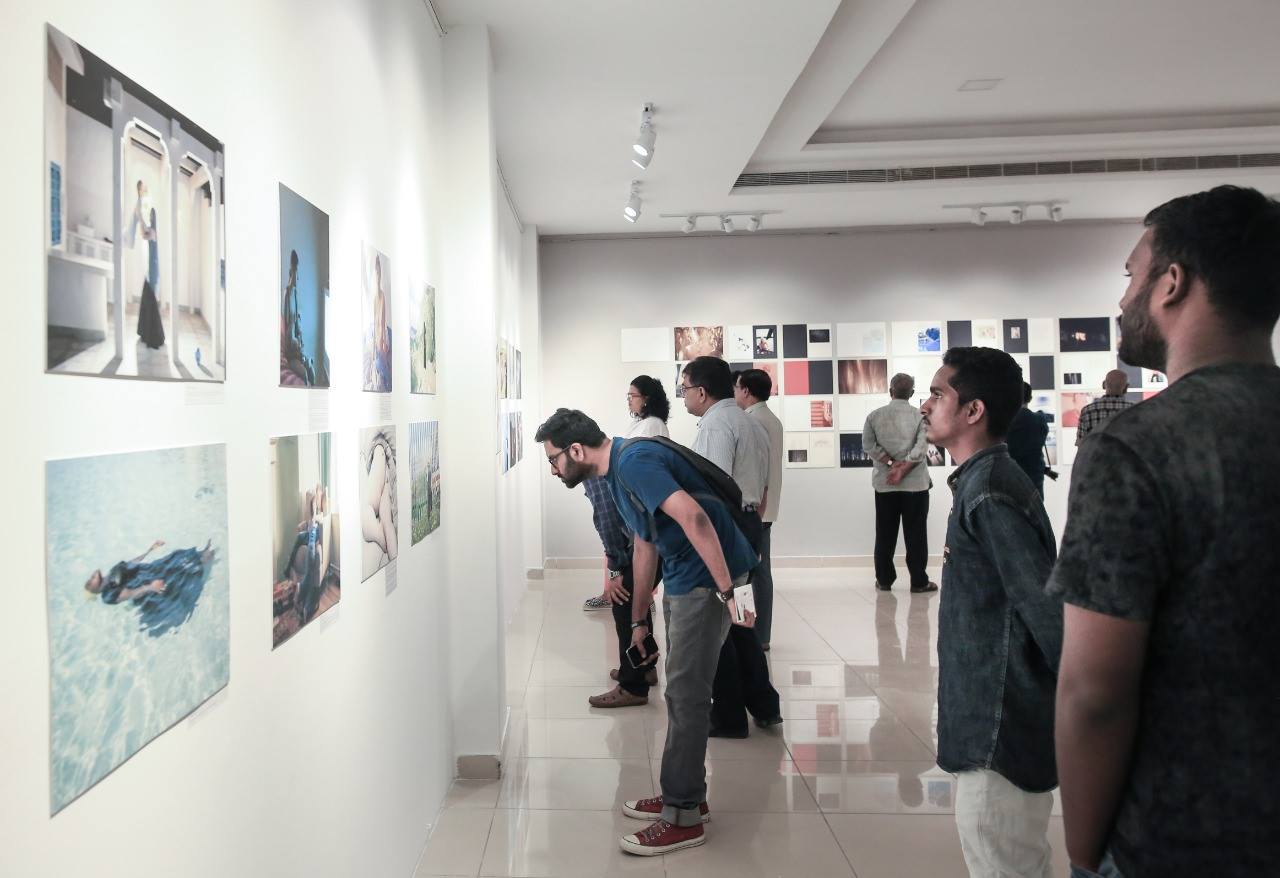 Indian Photo Festival[/caption]
Indian Photo Festival[/caption]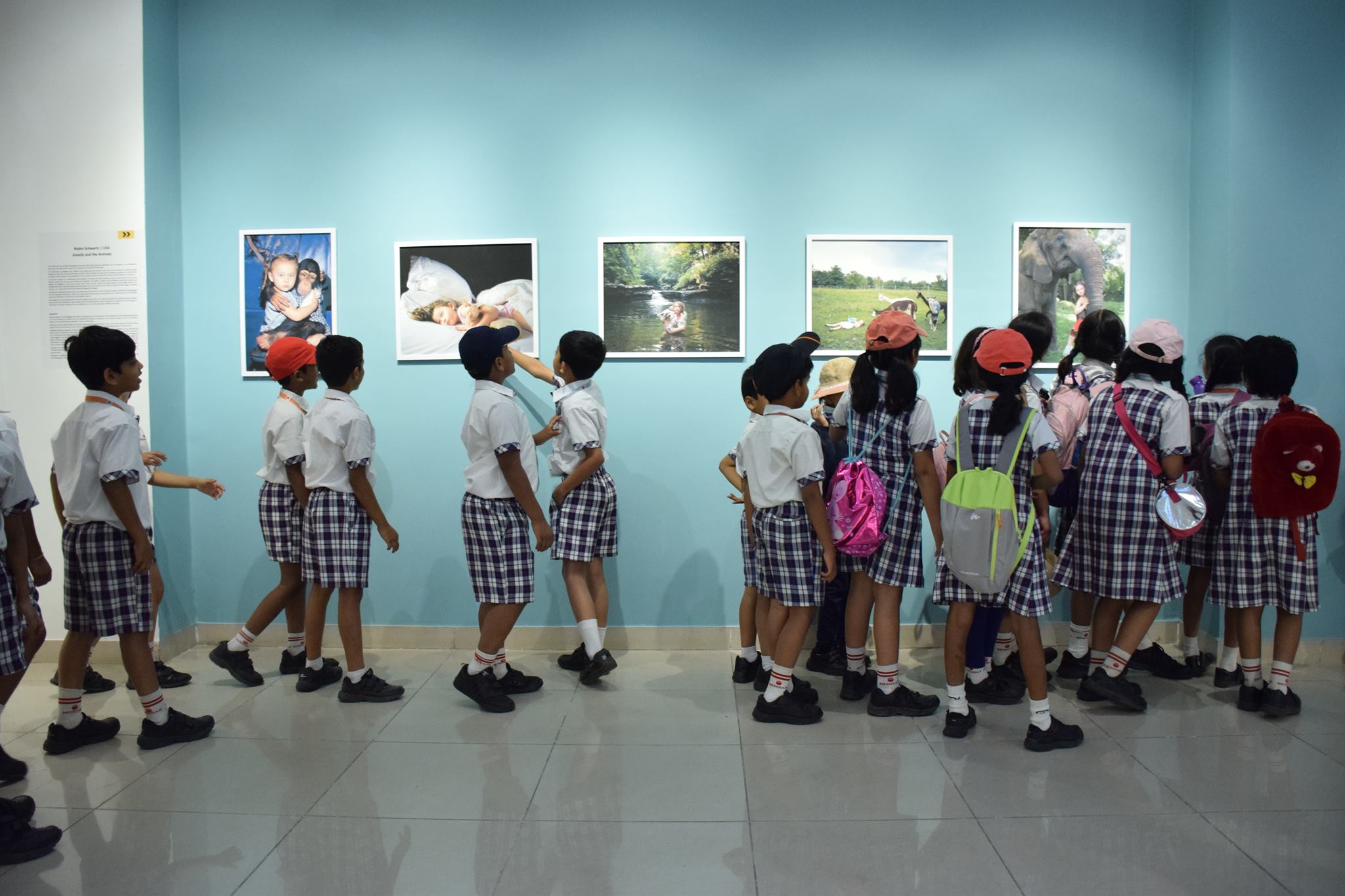 Kids at Indian Photo Festival[/caption]
Kids at Indian Photo Festival[/caption] Picture clicked by Aquin with his mobile phone[/caption]
Picture clicked by Aquin with his mobile phone[/caption]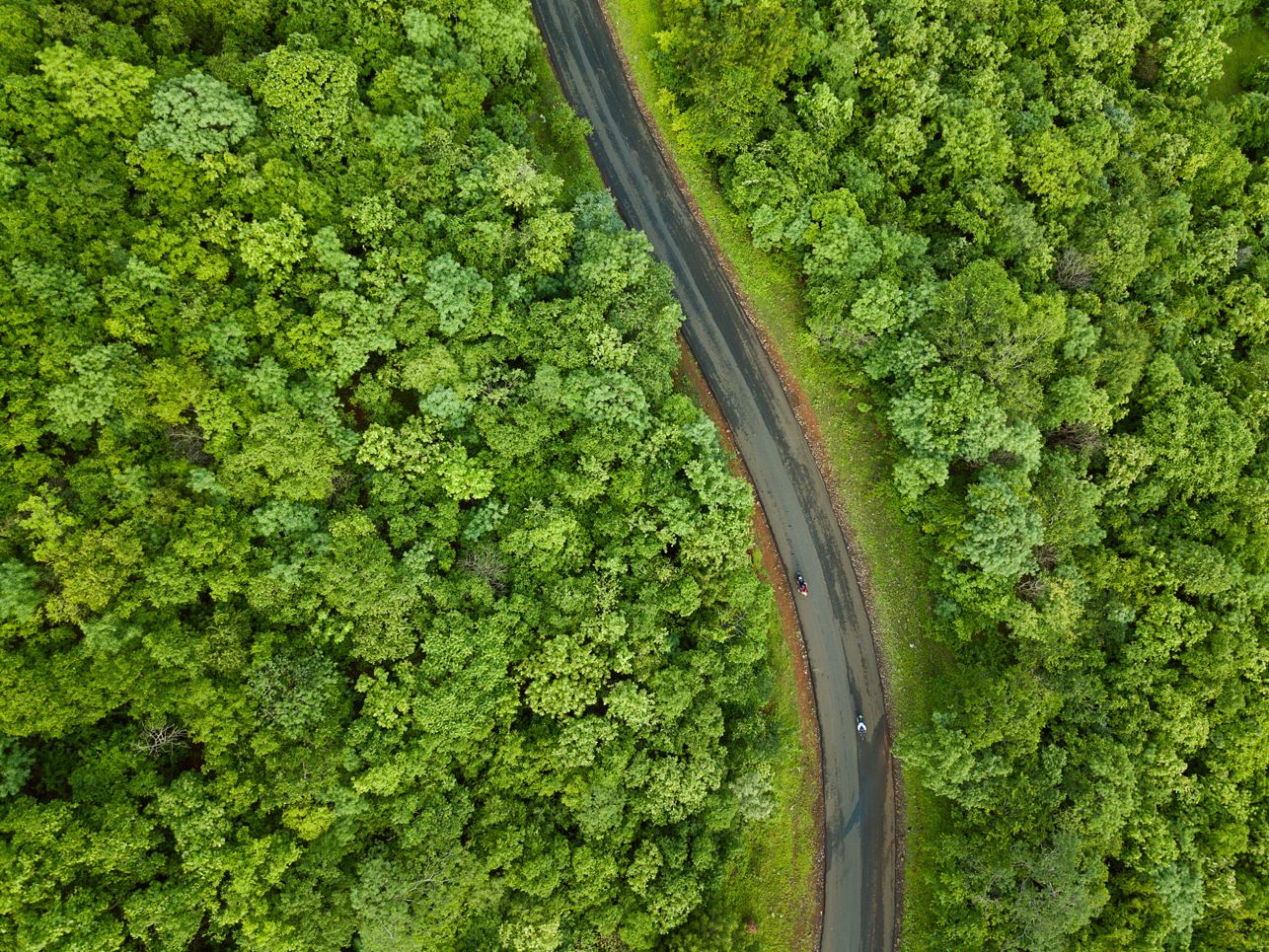 The aerial view of the winding roads in the Ananthgiri Hills | Picture clicked in the drone project of IPF[/caption]
The aerial view of the winding roads in the Ananthgiri Hills | Picture clicked in the drone project of IPF[/caption] An aerial view of the kayak's at the Kottapalle Lake | Picture clicked in the drone project of IPF[/caption]
An aerial view of the kayak's at the Kottapalle Lake | Picture clicked in the drone project of IPF[/caption] Aquin during the inauguration of 'Hyderabad on Wheels'[/caption]
Aquin during the inauguration of 'Hyderabad on Wheels'[/caption] Aquins's photography | Lone tree in Vikarabad, Telangana[/caption]
Aquins's photography | Lone tree in Vikarabad, Telangana[/caption] Aquin's photography | Flight on a cloudy day[/caption]
Aquin's photography | Flight on a cloudy day[/caption]